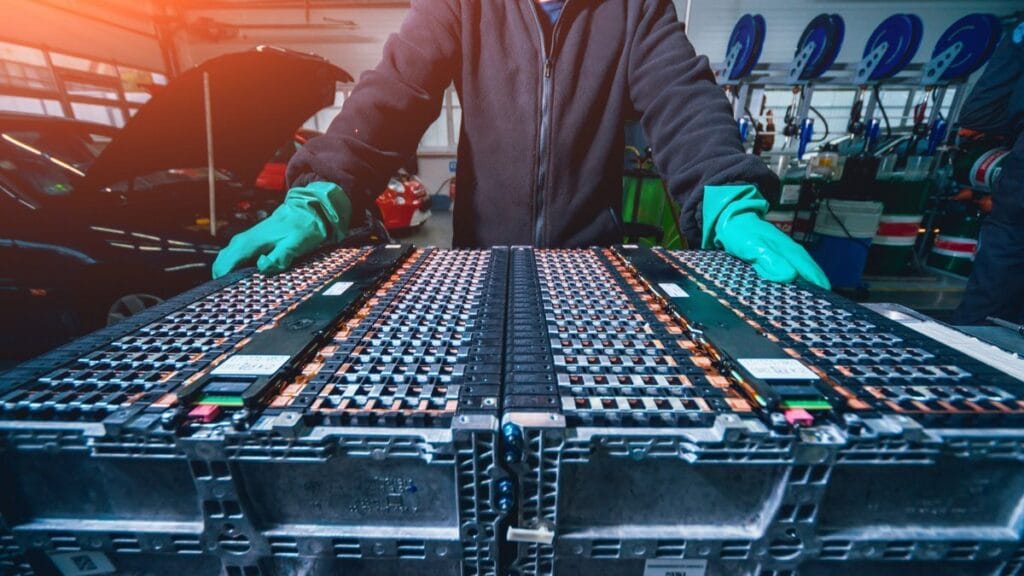It is in Jorf Lasfar, on the Atlantic coast, that Morocco has just taken a decisive step in its green industrial strategy. On June 25, 2025, the company **Cobco** (Core Battery Components) inaugurated **its first production line for critical materials for lithium-ion batteries**, a first at this scale outside of Asia. This launch symbolizes much more than an industrial project: it embodies the Kingdom’s ambition to establish itself as a central player in the global energy transition.
### A strategically significant industrial platform
Located on a site of **230 hectares**, this mega-factory aims to produce annually **120,000 tons of NMC precursors** (Nickel-Manganese-Cobalt) and **60,000 tons of LFP cathodes** (Lithium-Iron-Phosphate). A colossal investment of **20 billion dirhams**, driven by a Sino-Moroccan joint venture bringing together the Chinese giant **CNGR Advanced Materials** — supplier to Tesla, LG Chem, and Samsung SDI — and the Moroccan group **Al Mada**, through its subsidiary **Next Generation Industries (NGI)**.
The site is not limited to simple production: **local refining of critical metals**, **recycling of black mass** (residues from used batteries), **closed-loop water treatment circuits**, **use of desalinated water**, and **80% renewable energy by 2025**… everything is designed with a logic of circular economy and carbon neutrality. The stated goal is clear: **net zero emissions by 2026**.
### A green and sovereign industrial ambition
The Cobco project fits into an unprecedented model of industrial and environmental sovereignty. Ultimately, the factory will enable the production of batteries for **up to one million electric vehicles per year**, strengthening Morocco’s strategic independence in a key technological segment for the coming decades.
This choice to intervene **upstream in the value chain** — refining and production of components — is also a response to new international regulatory requirements, particularly regarding **rules of origin** in trade with the European Union and the United States. A winning bet for Morocco’s integration into global clean energy value chains.
### Jobs, training, and technology transfer
The construction site has already mobilized **more than 5,000 direct jobs** during the construction phase. At full capacity, **1,800 permanent skilled positions** will be created, in addition to thousands of indirect jobs in logistics, services, and subcontracting.
But the stakes do not stop at production. **A vast skills transfer program** is being launched in partnership with Moroccan universities, supported by Chinese engineers from CNGR. The goal: **to build a national pool of battery chemistry experts**, a field still in its infancy in the Maghreb but crucial for the country’s industrial future.
### Morocco charts its path towards a post-carbon economy
With Cobco, the Kingdom continues its trajectory towards a decarbonized and technologically sovereign economy. Following projects in **green hydrogen**, **submarine cables**, and **eco-friendly data centers**, this new milestone confirms the strategic direction towards **green and resilient industrialization**.
“With Cobco, we are not just assembling components. We are redefining industrial standards for the entire region,” says a representative from Al Mada. “Morocco is becoming a pillar of sustainable industrialization in Africa, capable of combining innovation, decarbonization, and local value creation.”
More than just an industrial project, **Cobco is a strong signal**: Morocco now intends to be among the nations actively shaping the planet’s energy future.


